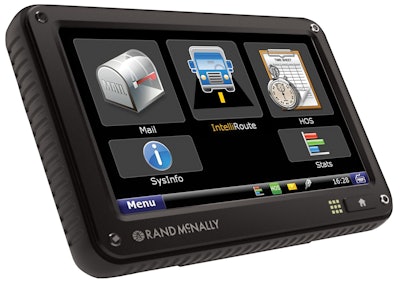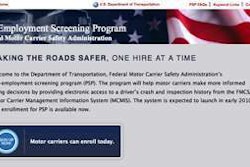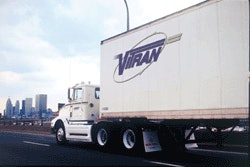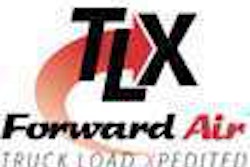
The announcement comes one year after launching the original TND 760. New features include a Driver Vehicle Inspection Report (DVIR); the inclusion of the “Oil Field Exception” in its Hours of Service application; the ability to provide routing information to the cab automatically from back-end dispatch systems; and map database and feature updates for its IntelliRoute GPS navigation software.
These new capabilities enable customers to move further away from paper reporting and tracking, providing necessary information to the back office in real time, the company says.
The new web-based portal, Rand McNally Connect, provides a single access point for fleet tracking, mapping, performance reporting, e-mail communication, as well as provides access to third-party applications. Rand McNally says the portal is accessible for all customers of its mobile communication fleet management systems, which include the TND 760, TPC 7600 system and TruckPC products. The products are also integrated with transportation management systems from TMW, McLeod and others.
In addition, the new portal allows fleets to quickly access new features:
- Geofencing allows for complex polygon shapes to be identified as alert areas. When a vehicle enters or exits the polygon, an e-mail or SMS text message may be sent back to the company. Geofencing can be used to track entry and exit to analyze wait time at a customer location or to report vehicle detention time.
- Landmarks provides a tool for uploading a custom list of locations onto the map.
- Dashboards and trending charts give fleet-wide visibility into fuel consumption, fuel economy, idle time, hard braking, miles driven, speeding and other activities and issues.
- Alerts can be communicated via an SMS text message or e-mail, identifying an important task in the process, such as arrival and departure, a potential safety issue like a hard breaking incident, or a cost containment opportunity like extended idling.











